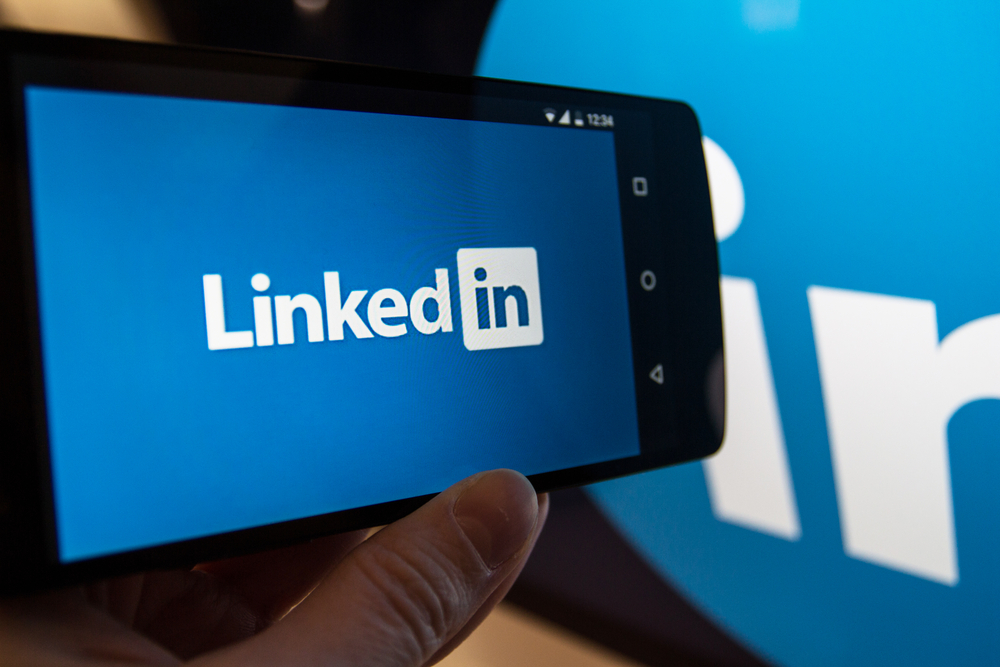Should Businesses Hire Inbound Marketing Lead Generation Companies?
Lead generation is the lifeline for a business. It must be constantly maintained in order for a business to survive.

Businesses that don’t make an effort to find new prospects and woo new business are setting themselves up to grow stagnant and flat over time.
Since growth is a top objective, finding ways to increase your company’s visibility and entice potential buyers to give you a second look, lead generation is crucial to maintaining your organization’s competitiveness and relevance.
Let’s look at exactly what lead generation is, why companies need it, and the benefits that come from a successful lead generation initiative.
What is lead generation? Lead generation is the marketing process of rousing and evoking interest in a product or service for the purpose of developing a sales pipeline.
Why do companies need lead generation in today’s market? The easy answer to this would be to say “to get more customers”, but there’s more to it than that.
Today’s lead generation means increasing brand awareness, beginning and fostering relationships, cultivating warm leads, and hopefully bringing on new clients. Each step of the process is important and necessary if you want to get the most out of your lead generation efforts.
Making sure all the parties involved (typically Marketing and Sales, but there may be more) agree and understand what a lead is and what it’s not is crucial for lead generation to, well, actually generate leads! If everyone isn’t on the same page regarding leads, frustration and disagreements are bound to ensue.
All leads are not the same, some are way more valuable than others, and each should be handled differently. Here are four types of leads you need to understand to properly execute your lead generation plan.
 1. Marketing Qualified Lead (MQL)
1. Marketing Qualified Lead (MQL)
Hubspot describes this type of lead like this: "An MQL is a lead that has been deemed more likely to become a customer compared to other leads. This qualification is based on what web pages a person has visited, what they've downloaded, and similar engagement with the business's content.” These leads have already engaged with your business through marketing initiatives.
2. Sales Qualified Lead (SQL)
MQLs can turn into Sales Qualified Leads if they are nurtured well enough. Sales Qualified Leads are warmed up and have a need for your product or service. They are ready to speak with a sales person and get more information about the particulars of what your company offers.
3. Product Qualified Lead (PQL)
This type of lead has already benefitted from your product or service through a free trial. They know your brand and have at least a broad understanding of the pain points your company can solve for them.
4. Service Qualified Lead
If a customer tells the customer service team they are ready to talk to a sales person about a specific product or service, this is classified as a Service Qualified Lead.
First, a person finds your business by coming in contact with one of your company’s marketing channels. Maybe they read a blog, attend a webinar, or visit your website.
Then, they decide to take another step and click on one of your calls-to-action to download an ebook or a white paper. The CTA takes them to a landing page where they must share some of their information-like their name, company name, and email address-to gain access to the piece of content.
Once you capture their information, they are on the path to becoming a Qualified Lead.
It’s a smart best practice to use multiple types of channels to promote your value-add content. That way, people are arriving at your landing page from various avenues, giving you a better chance of capturing more of them and turning them into leads.
a. Emails. Announcing new pieces of value-add through email campaigns is a great way to warm up leads and move them toward becoming Qualified Leads.
b. Ads with retargeting. If a person has visited your website previously, retargeting ads can direct them back into your online real estate so you can continue to warm them up.
c. Blogs. Ungated content like spiced up blogs that help your audience educate themselves on how to address their pain points can guide buyers to you. Within the blog, add a CTA to your landing page, and the readers who find the blog valuable are more likely to click through to see what else you have to offer.
d. Social Media. Sharing an enticing description of your value-add content can lead your followers to click on the CTA and then share their information with you in exchange for a piece of content they find valuable.
You can read more in our article, Lead Generation Techniques For Online Marketing.
 A well-done lead generation strategy sets your organization up to reap some hefty rewards.
A well-done lead generation strategy sets your organization up to reap some hefty rewards.
a. Generate a high volume of leads
Companies that make a plan and set measurable metrics in place to track success can, with consistent effort, build their lead pipelines and turn warmed-up, valuable leads over to sales.
b. Deliver high quality leads
If you see a person read two pages of your website, they probably aren’t ready for a phone call from sales just yet. Setting guidelines up front so that everyone understands the point in the buyer’s journey the lead will be contacted, and sales will start seeing and improvement in the quality of leads they are receiving. This helps convert more leads into sales.
c. Create a strategy around following up on leads
Set protocols on how and when to approach Qualified Leads. A set process that sales understands decreases the chances of leads get warmed up only to fall through the cracks.
d. Show ROI of marketing team
Tracking the results is the only way to know if the lead generation efforts are making a difference. Set some basic metrics you will use like the number of high-value content downloads, the number of MQL’s sent to sales, and the number of new customers that come on board. These will measure the effectiveness of the initiative and pinpoint parts of the process that need improvement.
e. Modernize your lead generation strategy
Always keep the needs of the customer and the way they want to move forward with their buying experience at the forefront of your mind when you’re planning your lead generation techniques. This means you need a keen understanding of your buyer and how she gathers information she needs to reach a decision.
Opportunities to connect with new potential leads abound daily, companies just need to know how to snag them. By putting a cohesive plan into place and gaining buy in and understanding from both marketing and sales, your lead generation strategy can fill your pipelines and increase your sales in powerful ways.

Lead generation is the lifeline for a business. It must be constantly maintained in order for a business to survive.

One of the biggest myths among small business owners is that having an attractive company web design is going to generate leads. This couldn’t be...

Once a place to browse resumes for potential hires, LinkedIn is evolving into a valuable tool for companies to build their brands and generate leads.